At NHBS, we offer trail cameras from a range of different manufacturers. Among these is Browning, who offer high quality at a reasonable price. The Browning Strike Force HD Pro X was one of our most popular cameras, and we regularly recommended it to customers. It offered ease of use, affordability, and excellent daytime and night-time photography. Browning regularly update their range of trail cameras, and given that the Strike Force has been on the market for several years, it has likewise been upgraded to a newer model, the Browning Strike Force Pro X 1080.
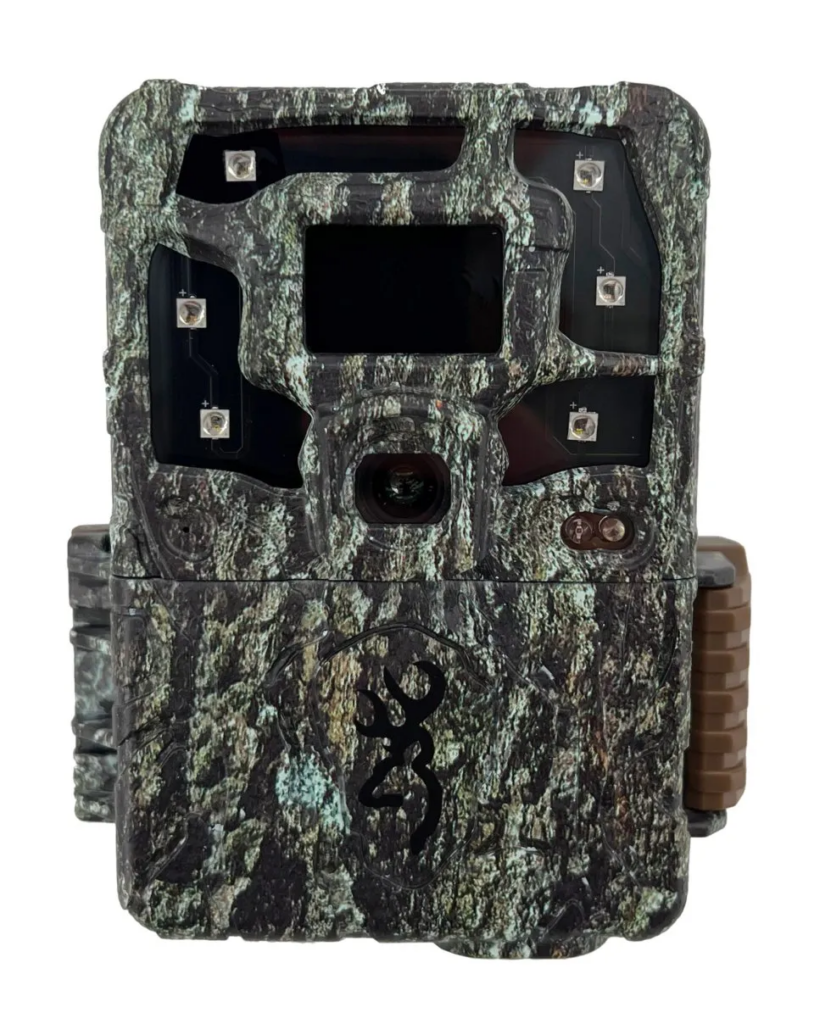
We wanted to test out the new Browning Strike Force trail camera to ensure it lives up to the standards of its predecessor. Here we will detail how we tested this camera and what we found.
Set up
To test the Strike Force, we headed to an estate in Devon that is managed to improve the condition of wildlife.
The set-up was relatively simple; we found a clearing between two areas of scrub where we suspected that animals would pass through, and secured the camera to a small tree at around waist height using a Python Lock.
The Strike Force comes with a camera strap included which works excellently, but we would recommend purchasing extra security options like a Python Lock if you are placing your camera in a public place. The strap and Python Lock can fit around a tree or a fence post and be tightened to hold the trail camera in position.
I set the camera to default settings and then changed it to photo mode and set the multi-shot option to three photos. I wanted to leave the camera out for a significant length of time, and I knew that videos would drain the battery and fill up the memory card rapidly. The multi-shot mode would hopefully allow me to get a few pictures of an animal moving through the frame.
Results
After three months in the field, the results yielded surpassed our expectations. We knew from talking with the conservation manager at the estate that we might get some decent pictures, but the range of species was unexpected.
The trail camera captured pictures of a range of bird species including one of a buzzard in flight.

We were lucky enough to get an amazing shot of a deer reaching for a leaf from the swaying branch of a willow tree as well as an excellent night time photo of a deer.


A herd of Belted Galloway cattle were spotted passing through the clearing.


This herd of cows were curious and ended up nudging the camera with their noses, causing the camera to face towards a bush. We then caught a glimpse of a fox with the infrared camera mode. The image is a bit overexposed due to the vegetation in the foreground.

Despite the overexposure, many of the IR pictures were excellent.
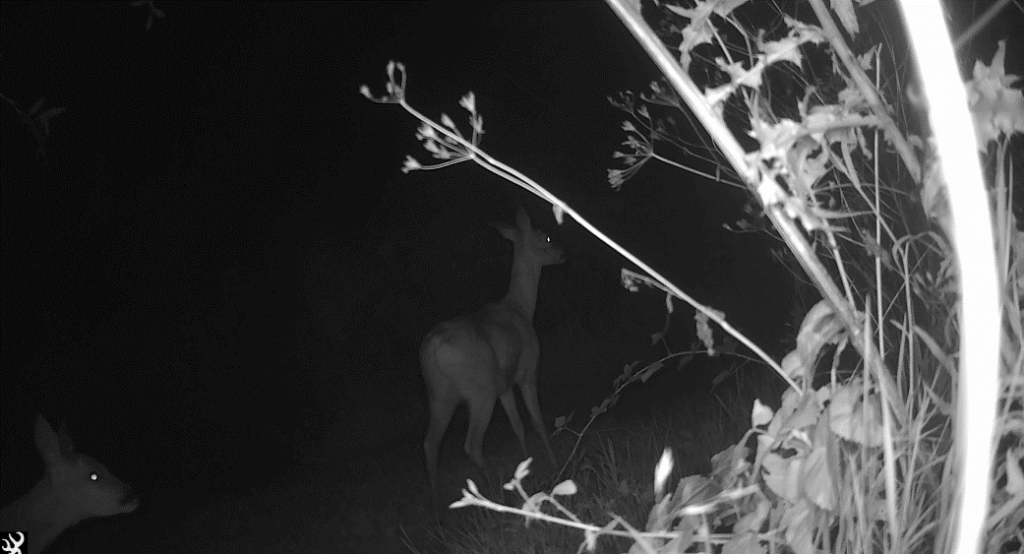
We even managed to get a picture of what looks to be a Barn Owl on the ground at night. While not very clear due to the overexposure, it certainly confirms its presence in the area.

The cows came back and pushed the trail camera even further to the right so that it was pointing into a bush. Fortuitously, we managed to get pictures of a mouse, a Robin and a Wren.

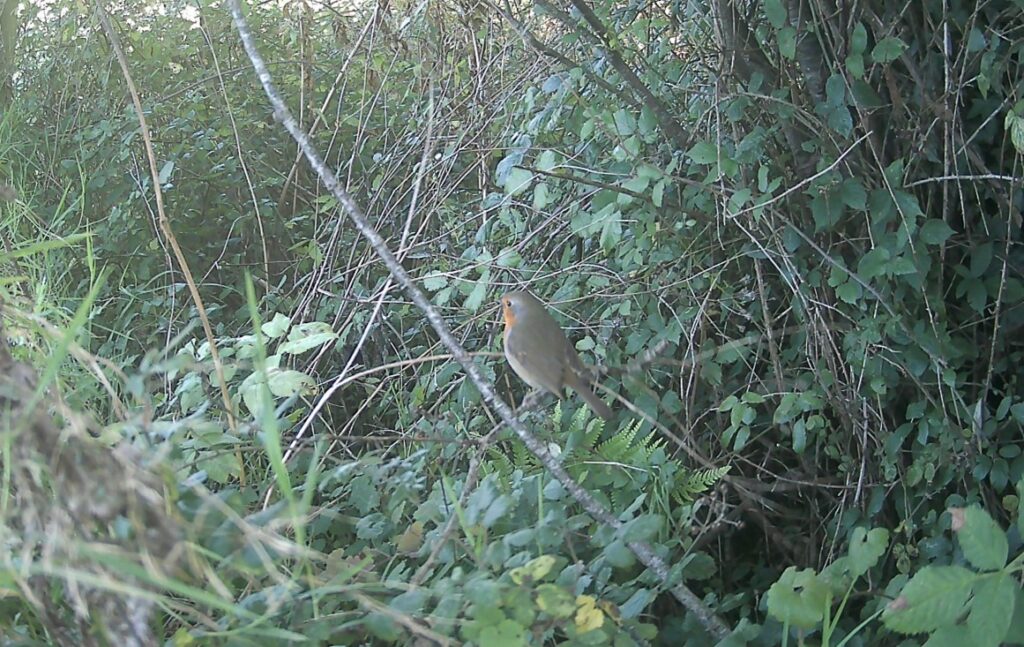

In addition to the species featured above, we also captured pictures of butterflies, squirrels, pheasants, Wood Pigeons, a thrush and a Great Tit.
Performance
When sorting through the 5,500 photographs captured, I found that the vast majority didn’t show any animals. I suspect that this could be remedied by better camera placement, although this may be unavoidable if there is a lot of vegetation around the area you wish to monitor. The major downside of taking so many photographs is that it takes a long time to sort through, and could potentially fill up your storage too quickly if you set your camera to video mode.
The image quality was impressive, with high-quality images and limited motion blur. The most notable issue was the level of exposure in the images, mainly at night. This was largely an issue because a herd of curious cows nudged the camera so it was facing the edge of a bush. This is unlikely to be a problem in the majority of cases and, prior to this, the night pictures were excellent.
Longevity
We placed the camera in the field in mid-July and collected it in mid-October. As such we were able to get around three months of footage. Image quality was set to 24MP with 1.5–2.5MB of storage used per image and around 5,500 images in total. This meant that we only used around 11GB out of a total of 32GB of storage available on the SD card. Remarkably, when the camera was collected it registered 94% battery, demonstrating the longevity of the Strike Force in the field, especially when set to photo mode. I suspect that this camera could have been left for another three months in the field without running out of storage or battery power.
Verdict
Overall, our experience demonstrates that the Strike Force Pro X 1080 is an impressive trail camera with high-quality day and night footage and impressive longevity. While it perhaps doesn’t quite reach the heights of the Browning Recon Force Elite HP5 or the Bushnell Core DS-4K in terms of picture quality, a more affordable price and impressive performance make this camera highly recommendable for both professionals and hobbyists.
No-glow alternative camera – Browning Dark Ops Pro X 1080
The Browning Strike Force Pro X 1080 is a low-glow camera meaning that the glow from the IR bulbs can be seen by both humans and animals. A no-glow camera may be the best option if you are looking for extra security or photographing an easily alarmed species. The Browning Dark Ops Pro X 1080 is an ideal no-glow alternative to the Browning Strike Force Pro X 1080. While a little more expensive, it is stealthier, and humans are less likely to notice it due to its no-glow flash. The only disadvantage is the shorter 24m flash range of the no-glow bulbs compared to the 36.58m flash of the Strike Force.
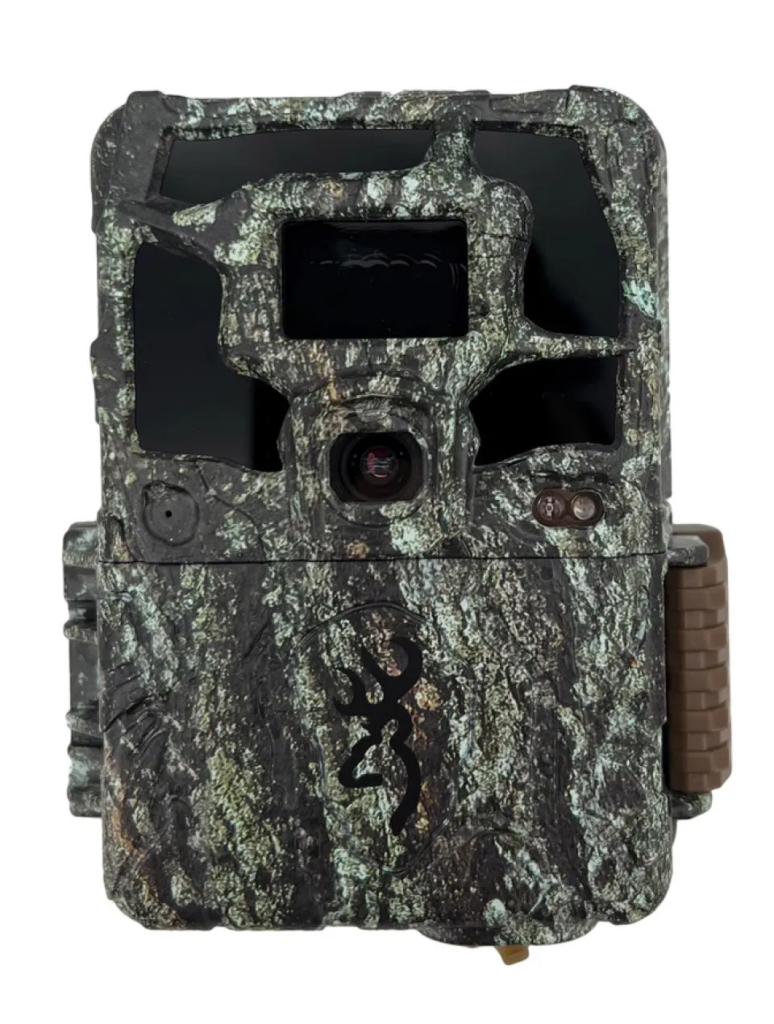
Accessories
The Python Lock is an ideal accessory for your trail camera. It won’t stop your camera from being damaged but it will prevent theft and keep your camera securely fastened to a tree or post. The lock is anti-picking, weatherproof and vinyl-coated. We used a Python Lock, and it held the camera in place until a herd of cows decided to turn it.
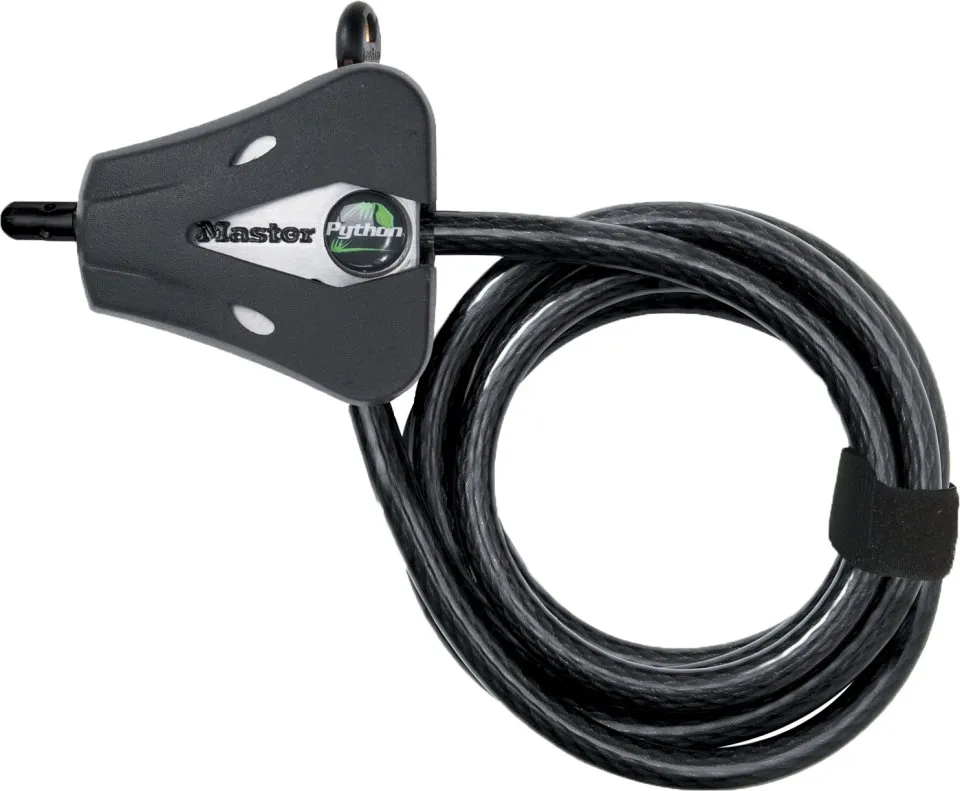
Spare memory cards and batteries are also highly recommended, especially if you are planning to use your trail camera on video mode. These additions will help you keep your camera operational for longer. Lithium batteries are highly recommended as, even when they have low charge levels, they supply sufficient power to the trail camera. Users of alkaline batteries may find that their trail camera isn’t performing well at night; this is because the batteries are not supplying sufficient power for the IR bulbs to function correctly.
Get your Browning Strike Force Pro X 1080 from our online shop.

